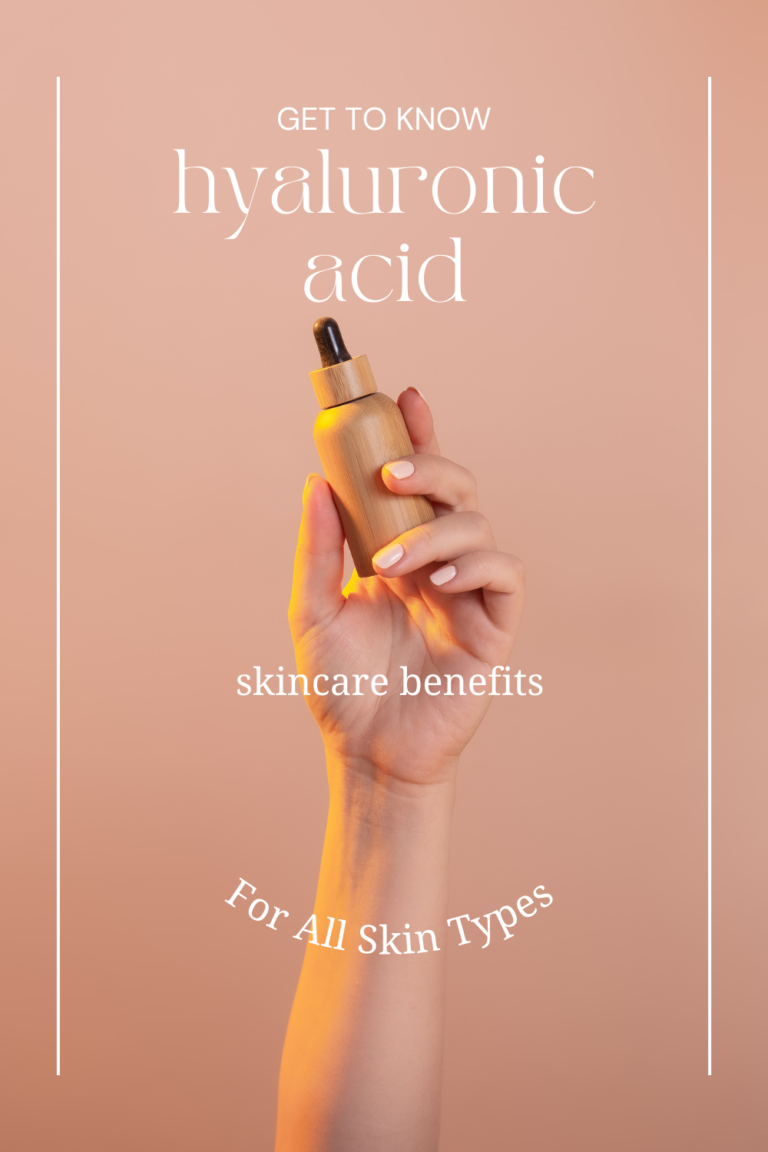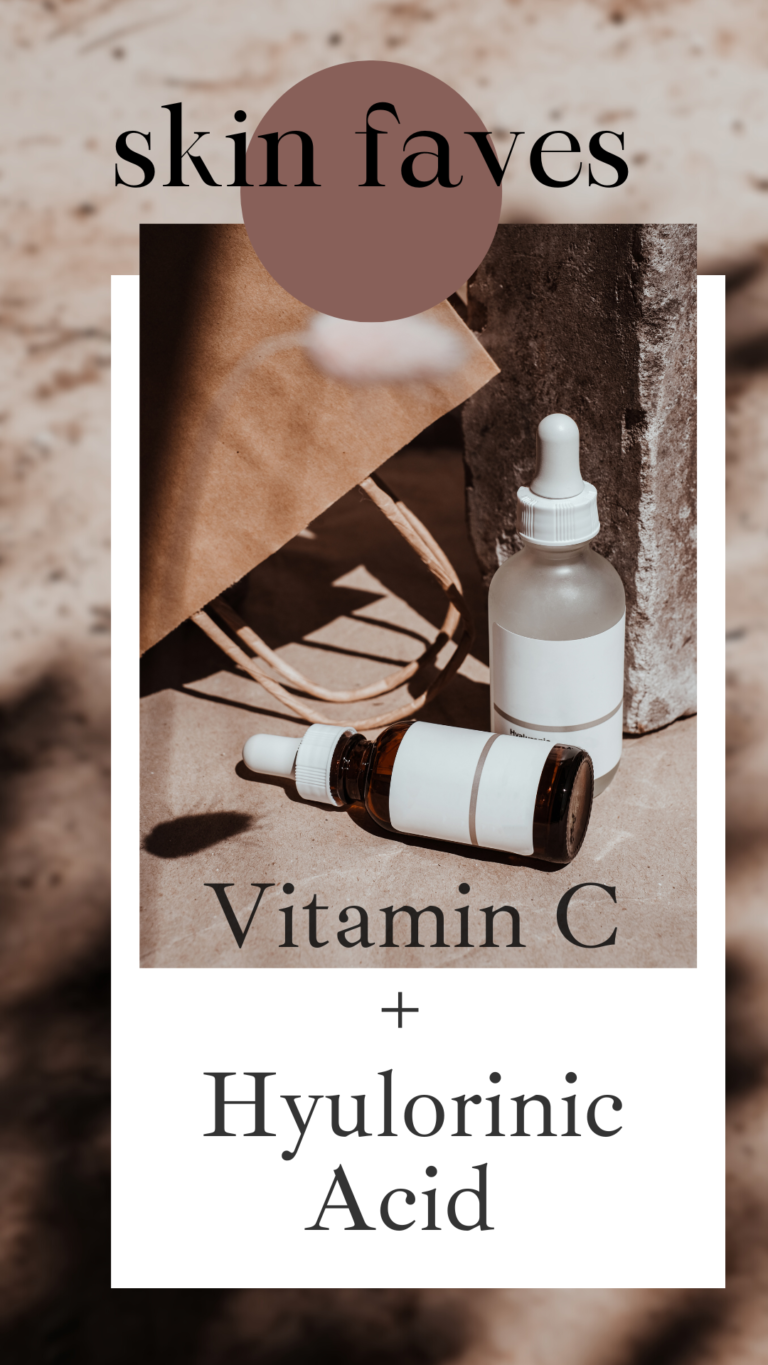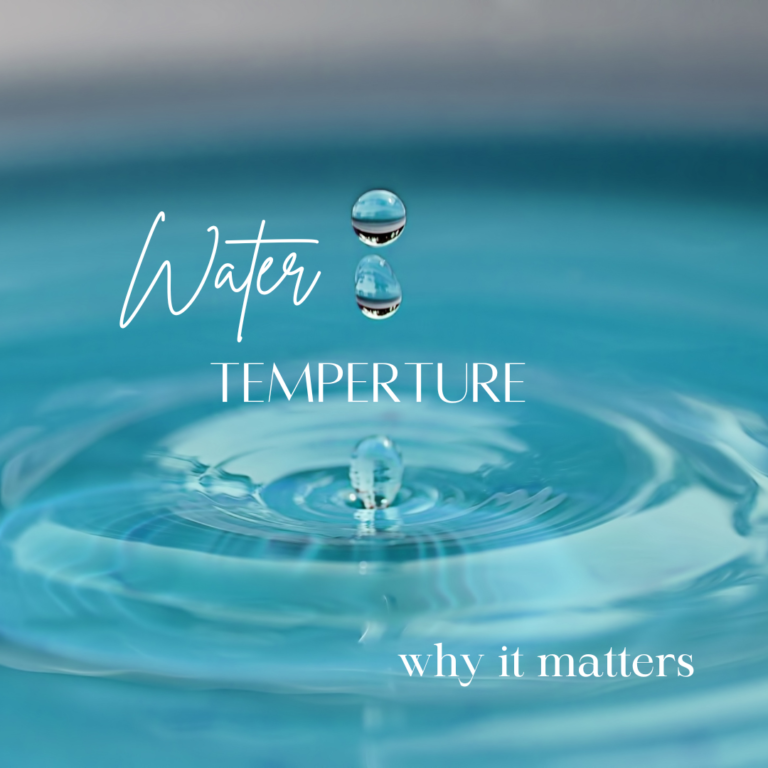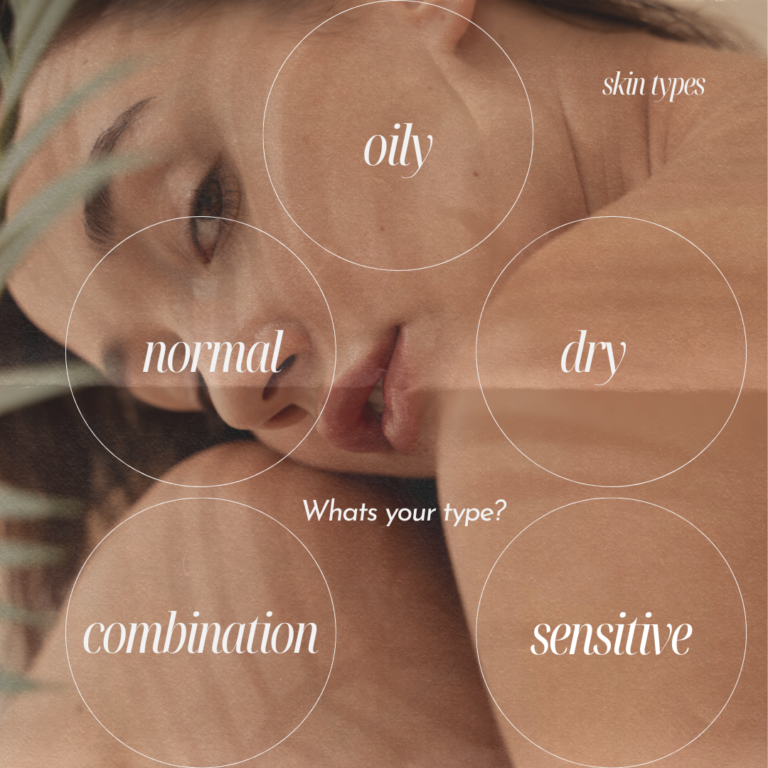How to Exfoliate and Why Your Skincare Deserves It
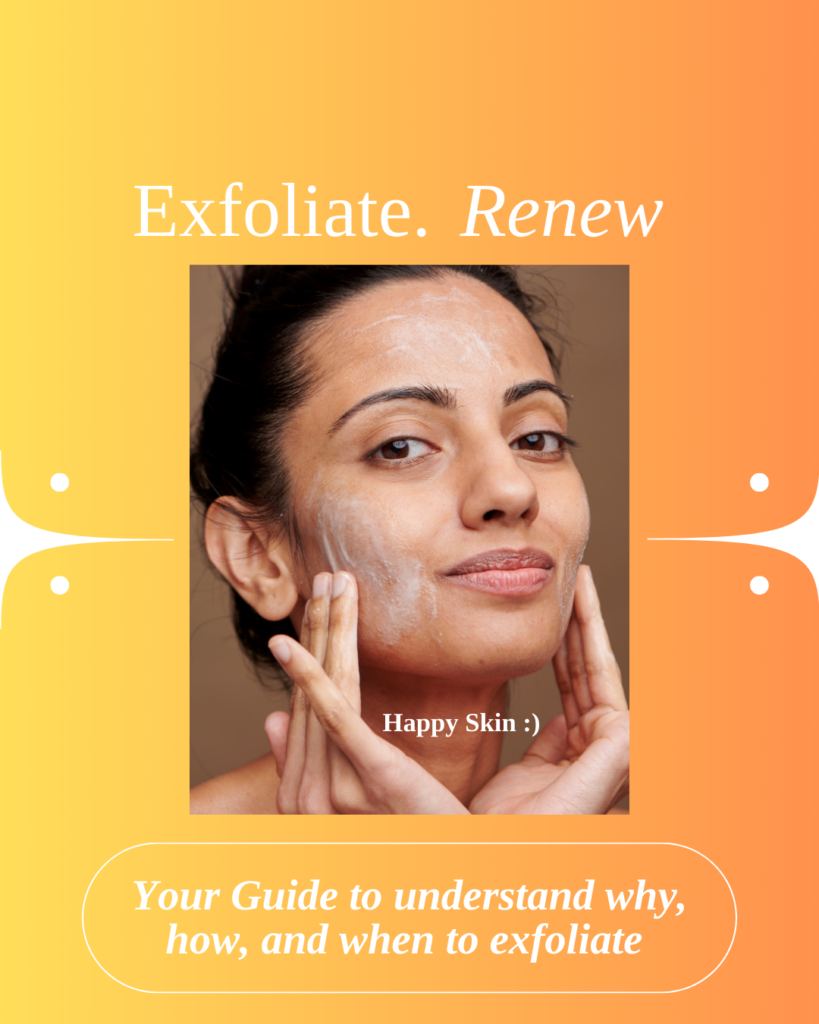
The Quest for Glowing Skin
In the pursuit of radiant, healthy skin, one essential step often gets overused or underused: exfoliation. This skincare practice, often regarded as the key to achieving your skin’s natural glow, offers a plethora of benefits that can transform your complexion. In this comprehensive guide, we’ll delve into the art of exfoliation, exploring its myriad advantages and shedding light on the diverse array of exfoliants available to cater to every skin type and concern. Ya ready to embark on a journey to smoother, more luminous skin, of course you are!
Chapter 1: The Secret to Exfoliation
Understanding the art of exfoliation and its significance:
1.1 What is Exfoliation?
- Exfoliation is a skincare practice that involves the removal of dead skin cells from the surface of the skin. It can be achieved through various methods, including physical exfoliation (using scrub particles or tools), chemical exfoliation (using acids or enzymes), or enzymatic exfoliation (using natural enzymes). Exfoliation promotes smoother, brighter skin, which can help prevent clogged pores, and can improve the effectiveness of other skincare products by allowing them to penetrate more effectively since we removed the outer most layer of skin known as the stratum corneum. However, it’s extremely important to learn how to exfoliate carefully and choose the right method and frequency based on your skin type plus skin condition and concerns to avoid over-exfoliation, which can lead to irritation.
1.2 Why Exfoliate?
- Exfoliation offers a range of benefits, including improving skin texture, reducing breakouts, enhance absorption of skincare products, aiding in preventing ingrown hair, creating a brighter complexion, supporting skin cell turnover, and of course removing dead skin.
Chapter 2: The Refined Benefits of Exfoliation
Why is exfoliation an absolute must in your skincare routine?
2.1 Smoother Skin Texture
- Exfoliation removes the buildup of dead skin cells which can make the skin appear dull, rough, and congested. Exfoliation will result in a smoother and softer complexion, making your skin feel and appear more refined. Hence, the reasoning why some may tend to get a little over excited and do this vital step more often than necessary.
2.2 Acne Prevention and Treatment
- Routine exfoliation helps unclog pores since dead skin cells can and will accumulate in pores, leading to clogs and the formation of blackheads and whiteheads. By learning how and when to exfoliate you can assist in reducing the risk of breakouts and improving acne-prone skin. The key here is knowing which is best for your skin type and condition also including what is best during each season.
2.3 Enhanced Product Absorption
- Exfoliated skin better absorbs serums, moisturizers, and treatments, maximizing their effectiveness making each product more potent and beneficial. Who wants to invest time and money on great products only to have them sitting on the surface of skin because it was applied to dead skin? Dead skin cells can create a barrier that hinders the penetration of skincare products.
2.4 Brighter and More Radiant Complexion
- Feeling like your skin is blah and just there its most likely dead skin cells that can obscure your skin’s natural radiance. Exfoliating reveals the fresher, healthier skin underneath, giving your complexion a brighter and more luminous appearance. Say adios to feeling dull. Keep in mind it’s all about the routine and consistency of sticking with it. Each skin type, skin condition, and skins age will have a different path so not everyone is on the exact same routine.
2.5 Minimized Fine Lines and Wrinkles
- Exfoliation can reduce the appearance of fine lines and wrinkles, promoting a youthful look by stimulating skin cell turnover, which can help reduce the appearance of fine lines and wrinkles over time. It is not the most ideal thought to think of however we ARE aging and this is a lil something something that will assist in giving your skin a push in the right direction by creating new skin cells when the cell turnover process tends to get a tad stagnant.
(** I am talking about those that are over 35 ladies and gents, those in their teens and early 20's exfoliation can be looked as a habit we are cultivating that way we are ahead of the game when the skin cell turnover begins to slow down a bit**)
2.6 Hyperpigmentation and Even Skin Tone
- Exfoliation can be an effective component of a skincare routine for addressing hyperpigmentation, particularly when dealing with conditions like melasma, post-inflammatory hyperpigmentation (PIH), or sunspots. It can help fade dark spots and create a more even skin tone. AHAs like glycolic acid, can help fade dark spots and hyperpigmented areas over time. Exfoliation can be particularly helpful in addressing sun-induced hyperpigmentation, such as sunspots. It helps remove the damaged skin cells and encourages healthier skin to surface. Please bare in mind however that if your skin has hyperpigmentation OLDER than 5 years it will not make it disappear yet it will lighten it up and completely helps with reducing the amount that appears on the skins surface.
Chapter 3: The Exfoliation Arsenal
Exploring the various exfoliants at your disposal:
3.1 Physical Exfoliants
Physical exfoliants, also known as mechanical exfoliants, are the type we are all familiar and well aquainted with.
St. Ives Apricot Scrub 1999 anyone?
This consist of skincare products or tools that physically remove dead skin cells and impurities from the skin’s surface through abrasive action. These exfoliants typically contain small, gritty particles or use textured materials to achieve the exfoliation. Some common examples of physical exfoliants:
- Facial Scrubs: Skincare products that contain tiny granules or beads. When you massage the scrub onto your skin, these particles physically slough off dead skin cells, leaving your skin smoother. (*
Stay away from salt, crushed nut shells, or synthetic microbeads,these will lead to the opposite of healthy skin, even tho we may think it appears radiant under a certain light you can see all the damage that these ingredients will create.) - Exfoliating Brushes and Sponges: These are specialized tools designed for exfoliation. They often have bristles or a textured surface that helps remove dead skin cells when used in a gentle, circular motion. I personally have found that a SILICONE brush works the best and can also be used daily since its gentle on the skin.
- Face Cloths or Washcloths: A dampened face cloth can be used to exfoliate the skin when rubbed gently against the face. This method is relatively mild compared to some other physical exfoliants yet, it’s perfect for those with sensitive skin or severe acne who should stay away from mechanical scrubs until the breakouts are less painful and intense.
- Microdermabrasion Devices: These devices use fine crystals or diamond tips to mechanically exfoliate the skin, helping to improve skin texture and reduce the appearance of fine lines and wrinkles. Approach with caution if you are interested in investing in a tool or machine for personal use since these can be very abrasive and not ideal for those with certain skin conditions or textures. If you are curious about these I would suggest to get a treatment done with an experienced esthetician or at a medspa with glowing reviews over this service.
Physical exfoliants offer immediate results however Keep in mind that physical exfoliants have their place in skincare routines. They leave the skin feeling smoother and looking brighter, Nevertheless, it’s crucial to use them with care, as over-exfoliation or excessive scrubbing can lead to skin irritation, redness, and even microtears in the skin’s surface. They may not be suitable for everyone, especially those with sensitive or reactive skin, AND THAT IS TOTALLY OK! It’s essential to understand your skin’s needs and choose exfoliation methods that work best for your individual concerns and preferences. Everyone has a unique need and not everyones skin is exactly the same so take time with this step and incorporating it into your routine.
Consider the these guidelines :
- Choose the Right Product: Opt for a physical exfoliant with smooth, rounded particles rather than sharp or jagged ones. (No SALTS, SUGAR BE WARY, CRUSHED SHELLS, CRUSHED NUTS, SYNTHETIC ANYTHING!) Harsh particles can be abrasive to the skin. Think melting action.
- Use Gentle Pressure: Apply gentle pressure when using a physical exfoliant to avoid excessive friction.
- Limit Frequency: Avoid daily use of physical exfoliants, as over-exfoliation can lead to skin damage. One to three times a week is typically sufficient, depending on your skin type, skin condition as well as the season you are in. Remember to review the product’s instructions or reach out to your skincare gal and ask, ask, ask.
- Consider Your Skin Type and Skin Condition: If you have sensitive or acne-prone skin, you may want to choose a gentler physical exfoliant or opt for other forms of exfoliation, like chemical exfoliation. A condition would be hyperpigmentation or rosacea, which would also benefit from chemical and enzyme treatments.
- Follow with Moisturizer and Sunscreen: After exfoliation, moisturize your skin to replenish lost moisture, and always apply some form of sunscreen during the day to protect your freshly exfoliated skin from UV damage.
3.2 Chemical Exfoliant
Chemical exfoliants work by dissolving or loosening the bonds between skin cells, allowing the old, dead cells to shed more easily. Chemical exfoliants are available in various forms, including liquids, gels, creams, and serums. The two main types:
Alpha Hydroxy Acids (AHAs):
- Examples: Glycolic acid (derived from sugarcane), lactic acid (found in milk), citric acid (from citrus fruits), malic acid (from apples), and tartaric acid (from grapes), mandelic acid (from biter almonds).
- Benefits: AHAs are effective for surface exfoliation and are known for improving skin texture, reducing the appearance of fine lines and wrinkles, and promoting a more even skin tone. They can also enhance the skin’s natural moisture content.
- Skin Type: AHAs are generally well-suited for most skin types, especially those with dry or sun-damaged skin. Glycolic acid, in particular, is the most popularly known, yet personally find that lactic and mandelic acid are best suited for all skin types and most skin conditions since they have a larger molecular structure which is less irritating to your wonderful skin.
Beta Hydroxy Acids (BHAs):
- Examples: Salicylic acid is the primary and only BHA used in skincare.
- Benefits: BHAs are oil-soluble, which allows them to penetrate into the pores and exfoliate both the skin’s surface and within the pores. They are excellent for treating acne-prone skin, as they can help unclog pores, reduce blackheads, and improve overall skin clarity.
- Skin Type: BHAs are often recommended for oily and acne-prone skin types, as well as for those with sebum and pore-related issues. Not recommended for women who are pregnant or breast feeding.
Chemical exfoliants offer several advantages over physical exfoliants:
- They tend to provide more uniform and controlled exfoliation.
- They can penetrate deeper into the skin, addressing concerns beyond the surface layer.
- Chemical exfoliants can be gentler on the skin when used correctly, making them suitable for individuals with sensitive or reactive skin.
- Perfect for cooler/cold seasons and environments.
These are unquestionably making a mark in the skincare world and it’s not uncommon to see them in scrubs either, some can be overnight treatments as well.
However when used in a liquid they come in different levels/grades and
Chemical exfoliants also vary in grades from light, medium, and deep. You can only get medium and deep ones professionally at a medspa. skincare spa, or dermatologist office.
Light peels are what are available to purchase without a license.
3.3 Enzyme Exfoliants
- Enzyme exfoliants are a form of a chemical exfoliant yet that are naturally occurring enzymes to help remove dead skin cells and improve skin texture. An enzyme will work similarly to a physical exfoliant and focus on the superficial (top) layer of the epidermis (skin). Unlike a chemical peels, enzyme exfoliants will not actually make you peel. enzymes are typically derived from fruits (such as papaya and pineapple) or certain microorganisms, that work by breaking down the proteins that hold dead skin cells together, allowing them to be easily sloughed off. Due to this lovely reaction enzymes are known for being gentler than some other forms of chemical exfoliants like alpha hydroxy acids (AHAs) or beta hydroxy acids (BHAs). Here are some key characteristics and benefits of enzyme exfoliants:
- Gentle Exfoliation: Enzyme exfoliants provide a milder form of exfoliation compared to AHAs or BHAs. This makes them suitable for individuals with sensitive or delicate skin.
- No Abrasive Particles: Unlike physical exfoliants that contain gritty particles, enzyme exfoliants do not rely on abrasive materials. This means there is no risk of causing microtears or irritation during the exfoliation process. Think of Pac-Mac eating away those dead skin cells.
- Non-Acidic: Enzyme exfoliants are non-acidic, making them a good choice for individuals who may not tolerate acids well or hate the sensation of acids.
- Brightening and Smoothing: Enzyme exfoliants are effective at promoting a brighter complexion and smoother skin texture. They can help reduce the appearance of dullness, roughness, and uneven skin tone.
- Suitable for Most Skin Types: Because of their gentle nature, enzyme exfoliants are typically well-tolerated by most skin types, including sensitive, dry, and mature skin.
- Natural Ingredients: Many enzyme exfoliants are derived from natural sources, making them a popular choice for those who prefer natural and plant-based skincare. It is easier for your skin to work with meaning less irritation and inflammation. Thank you and your welcome!
- Less Risk of Sun Sensitivity: Enzyme exfoliants generally pose less risk of increasing sun sensitivity compared to some chemical exfoliants. Nevertheless, it’s still advisable to wear sunscreen during the day when using any exfoliating product, ALWAYS! You can also plan accordingly too and opting for a day without any makeup or sunscreen, imagine that.
- Great year round: No downtime, aka peeling, less abrasive, and natural ingredients makes this lovely lil exfoliant a winner for year round use. As long as you are being mindful of a beach or pool day, it is super easy to incorporate this as your go to exfoliate.
Enzyme exfoliants are available in various skincare products, including cleansers, masks, toners and serums. They can be used once or twice a week, even daily depending on your skin’s needs and the product’s instructions. As with any skincare product, it’s essential to slowly introduce enzyme exfoliants gradually into your routine to ensure compatibility with your skin. If you have specific skin concerns or conditions, consult with a dermatologist or skincare professional for personalized guidance on incorporating enzyme exfoliants into your regimen.
3.4 Combination Exfoliants
- Some exfoliants combine physical and chemical elements for a dual-action approach.
Chapter 4: The Exfoliation Routine
How to incorporate exfoliation into your skincare routine:
4.1 Frequency
- Determine how often to exfoliate based on your skin type and the exfoliant you’re using.
4.2 Precautions
- Learn about precautions, especially sun protection, to ensure safe and effective exfoliation.
4.3 Customization
- Tailor your exfoliation routine to your specific skin concerns, whether it’s anti-aging, acne control, or brightening.
Chapter 5: Conclusion – Your Path to Radiant Skin Begins Here
Exfoliation isn’t just a skincare trend; it’s a proven method for achieving smoother, clearer, and more luminous skin. With the right exfoliant and a well-structured routine, you can unlock the true potential of your complexion. Start your journey toward radiant skin today, and let exfoliation be your guiding light! ✨

Meet
Davina, your go-to esthetician enthusiast. I’m here to guide you on a journey to radiant skin and healthy skin. Join me as we explore the world of skincare with a relatable twist. Let’s dive into the world of aesthetics together, one glowing complexion at a time. 💆♀️💄✨ #skinmusebyDavina

